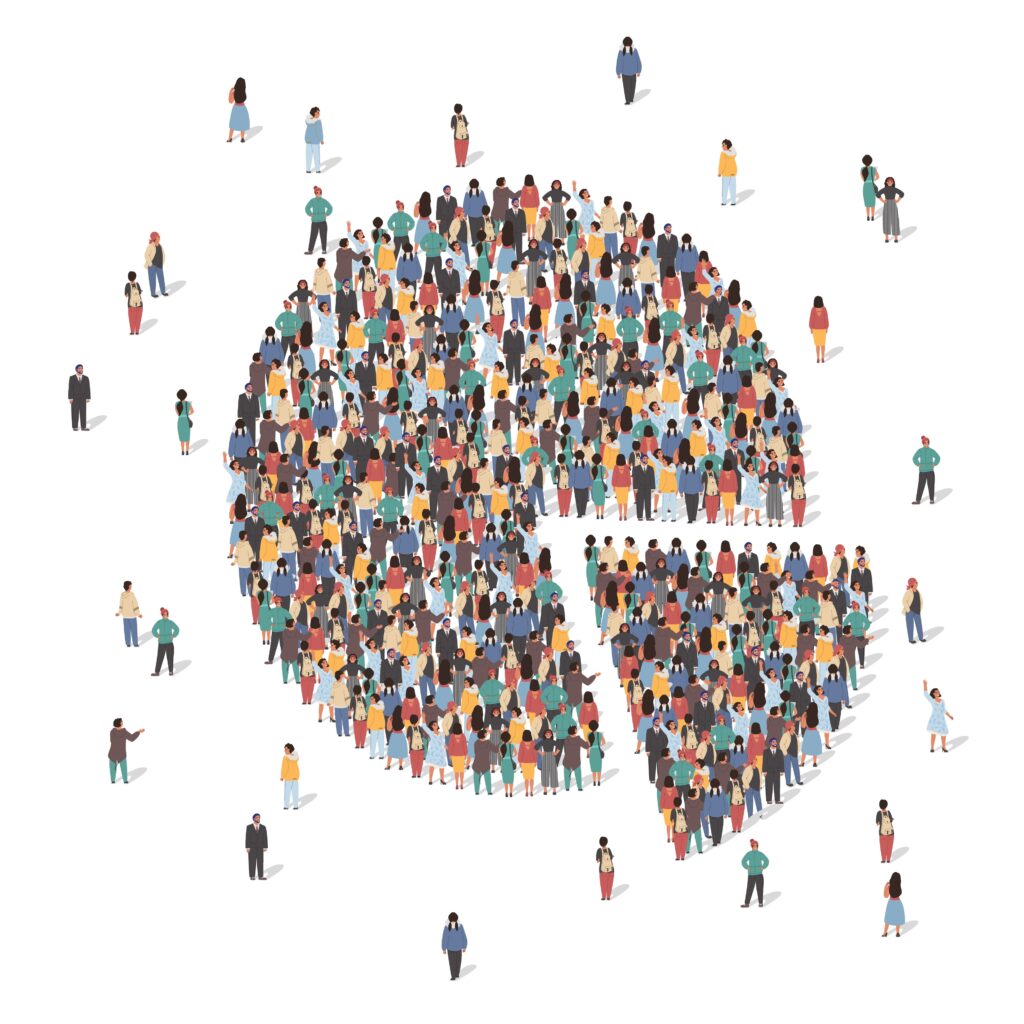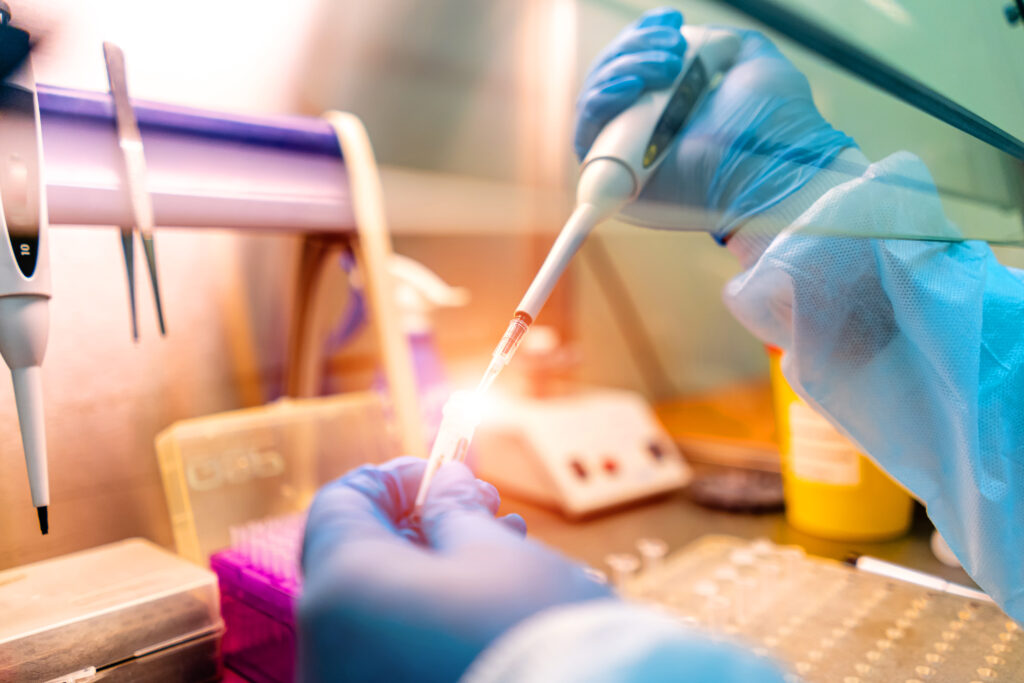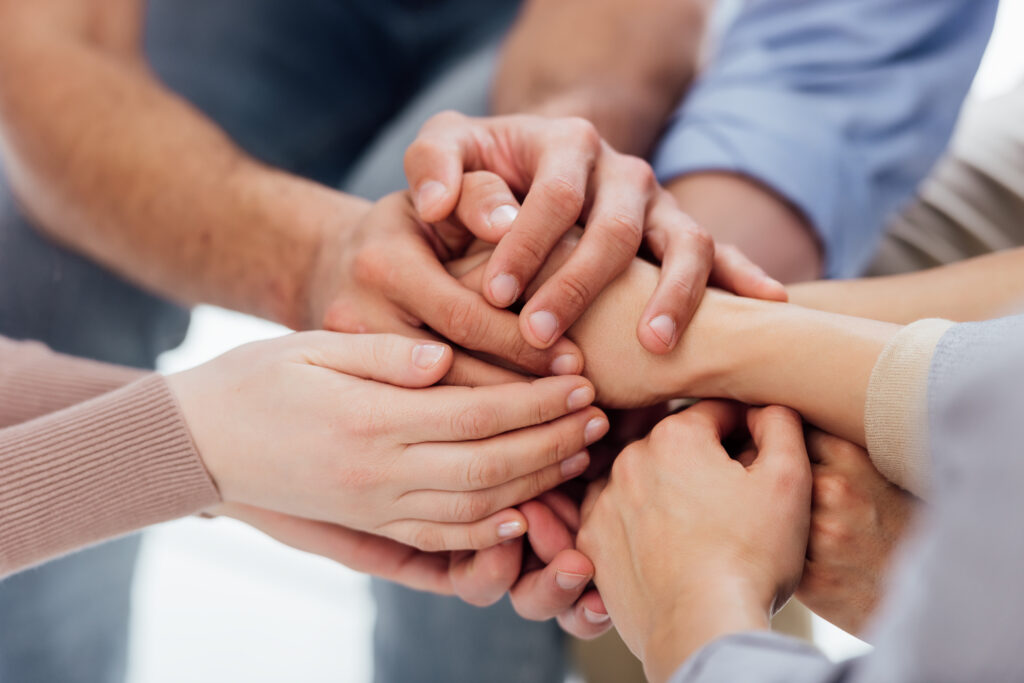This guest blog post is written by Tara Luther, Sr. Marketing Specialist, Genetic Identity at Promega.
April 2024 marked the 23rd anniversary of Sexual Assault Awareness Month (SAAM) in the United States. While we have crossed into May, the importance of what SAAM stands for does not diminish with the changing of the calendar. The National Sexual Violence Resource Center (NSVRC) emphasizes that SAAM is a time to not only draw attention to the prevalence of sexual assault, but to also educate individuals and communities about how to prevent sexual violence.
Sobering Statistics on Sexual Violence
In an effort to educate the public about sexual violence, the NSVRC has published some sobering statistics:

- Over 53% of women and over 29% of men reported experiencing contact sexual violence in their lifetime (2).
- Nearly a quarter (24.8%) of men in the U.S. experienced some form of contact sexual violence in their lifetime.
- More than 1 in 4 non-Hispanic Black women (29%) in the United States were raped in their lifetime (1).
- 1 in 3 Hispanic women (34.8%) reported unwanted sexual contact in their lifetime (1).
- More than 4 in 5 American Indian and Alaska Native women (84.3%) have experienced violence in their lifetime (4).
- 32.9% of adults with intellectual disabilities have experienced sexual violence (5).
- 47% of all transgender people have been sexually assaulted at some point in their lives (3).
Survivor Advocacy and Systematic Change
Julie Weil is one of the women who experienced a horrifying ordeal at the hands of a man she didn’t know. In October of 2002, after she picked up her two young children, she was carjacked in the parking lot of her church preschool by a stranger who then took her into the Florida Everglades and raped her four times in front of her children. After, her attacker taunted her with words like, “they’re never going to catch me. I’ve been doing this for four years and they’ve never caught me. They’re not going to catch me this time either.”
Though she was traumatized, Julie made the brave decision to drive herself over an hour away to a rape treatment center where a sexual assault nurse examiner (SANE) carefully collected evidence over the course of a three-hour exam.
Luckily for Julie, the forensics laboratory in Miami did not have a sizable rape kit backlog at the time, and even though her attacker had done everything he could to remain unidentified, including shaving his body hair and burning his fingerprints, they were able to locate a tiny speck of DNA on the inside of her shirt that belonged to the perpetrator.
Though the DNA profile matched to another case in the area, her attacker remained unidentified. This would be the case until January 2003 when he voluntarily provided a DNA swab to police after he was implicated in a domestic violence charge.
Even then, he remained on the loose for another two months, but was finally located sleeping in his car on the side of the road. It would be another four years before Julie would get the chance to testify against her attacker in court, where he would ultimately be sentenced to seven life sentences.
Julie now spends her time as an advocate for other victims, by working with legislatures to pass the SAFER (Sexual Assault Forensic Evidence Reporting) Act. She also founded the Not Just Me Foundation, dedicated to the prevention of sexual assault violence and to helping survivors reclaim their lives.
Maintaining Awareness and Taking Action

Though the forensics laboratory that processed Julie’s kit did not face a backlog, that has historically not been the case for all labs throughout the United States. In 2016, we shared a blog detailing the state of the backlog and the challenges with clearing it. At the time, it was believed that there were hundreds of thousands of kits waiting to be tested.
Since then, pressure has mounted for laboratories to test their backlog of kits and resources such as the Sexual Assault Initiative (SAKI), administered by the Bureau of Justice Assistance (BJA), have launched to provide funding for laboratories. This funding can be used for the following purposes:
- To support multidisciplinary community response teams to inventory, track, and expeditiously test previously unsubmitted sexual assault kits (SAKs).
- To collect and test lawfully owed DNA from offenders/arrestees.
- To produce necessary protocols and policies to improve collaboration and promote sustainable reform among laboratories, police, prosecutors, and victim service providers.
- To provide resources to address the cold case sexual assault investigations and prosecutions that result from evidence and Combined DNA Index System (CODIS) hits produced by tested SAKs.
- To optimize victim notification protocols and services.
Since it’s inception, the program has been responsible for:
- 201,632 kits inventoried
- 93,977 kits sent for testing
- 88,317 kits tested to completion
- 35,516 DNA profiles uploaded to CODIS
- 16,640 CODIS hits
- 2,390 CODIS hits to serial sex offenders
- 8,894 CODIS hits to serial violent offenders
- 25,278 investigations
- 2,437 cases charged
- 1,355 convictions
The Joyful Heart Foundation, founded in 2004 by actress Mariska Hargitay, pushes for legislative reform. Their website, End the Backlog, details the current state reforms throughout the United States and keeps tally of the sexual assault kit backlog. As of today, the number of kits remaining in the backlog has dropped significantly since we last shared. Though 20 states report their backlogs are empty, there are still at least 52,320 rape kits still waiting to be tested.
For Julie, who helped pass Gayle’s Law in Florida, named for Gayle Gardner whose kit was caught in the backlog for over a decade, fighting against sexual violence has given her a sense of purpose that means even more to her than the master’s degree hanging on her wall. In her words, “I know a lot about government and foreign affairs and international economics from school, but I’m an expert on [sexual violence] because I’ve been there, and I think there’s a certain kind of responsibility you feel. Once you’ve been through it, you come through the other side, and you start to reflect on what it takes to move on. There’s kind of a responsibility there to bring everybody else with you, to get help to everybody else so that we could all share this journey.”
How to Support and Continue Awareness

As we reflect on the impactful statistics shared earlier in this blog, it’s evident that our commitment to addressing sexual assault must continue beyond just one month. Although April’s Sexual Assault Awareness month and the #30Daysof SAAM Instagram Challenge, with daily prompts to raise awareness, educate, and connect with others, has concluded, you can still engage with the materials and educational content. For more information, visit the NSVRC website where you can download a PDF of the daily challenges and consider how you can incorporate these actions year around.
While National Denim Day has passed, wearing a teal ribbon remains a powerful symbol to show support for survivors and to continue raising awareness about sexual violence. Let’s keep the momentum going and make every day a step towards change.
If you, or someone you know, has experienced sexual violence, there is a 24-hour hotline available at 800-656-4673. More information can be found on RAINN’s website.
References
- Basile, K. C., Smith, S. G., Kresnow, M., Khatiwada S., & Leemis, R. W. (2022). The National Intimate Partner and Sexual Violence Survey: 2016/2017 report on sexual violence. Centers for Disease Control and Prevention.
- Chen, J., Khatiwada, S., Chen, M. S., Smith, S. G., Leemis, R. W., Friar, N., Basile, K. C., and Kresnow, M. (2023). The National Intimate Partner and Sexual Violence Survey (NISVS) 2016/2017: Report on Victimization by Sexual Identity. Atlanta, GA: National Center for Injury Prevention and Control, Centers for Disease Control and Prevention.
- James, S. E., Herman, J. L., Rankin, S., Keisling, M., Mottet, L., & Anafi, M. (2016). The report of the 2015 U.S. Transgender Survey. National Center for Transgender Equality. https://transequality.org/sites/default/files/docs/usts/USTS-Full-Report-Dec17.pdf
- Rosay, A. B. (2016, September). Violence against American Indian and Alaska Native women and men,. NIJ Journal, 277. National Institute of Justice. http://nij.gov/ journals/277/Pages/violence-againstamerican-indians-alaska-natives.aspx
- Tomsa, R., Gutu, S., Cojocaru, D., Gutiérrez-Bermejo, B., Flores, N., & Jenaro, C. (2021). Prevalence of sexual abuse in adults with intellectual disability: Systematic review and meta-analysis. International Journal of Environmental Research and Public Health, 18(4), 1980. https://doi.org/10.3390/ijerph18041980
Latest posts by Promega (see all)
- One Health and H5N1: Promega’s Commitment to Holistic Solutions - April 8, 2025
- Overcoming qPCR Inhibitors: Strategies for Reliable Quantification - March 13, 2025
- Celebrating Creativity and Innovation: The 2025 Promega Employee Art Showcase - February 4, 2025
